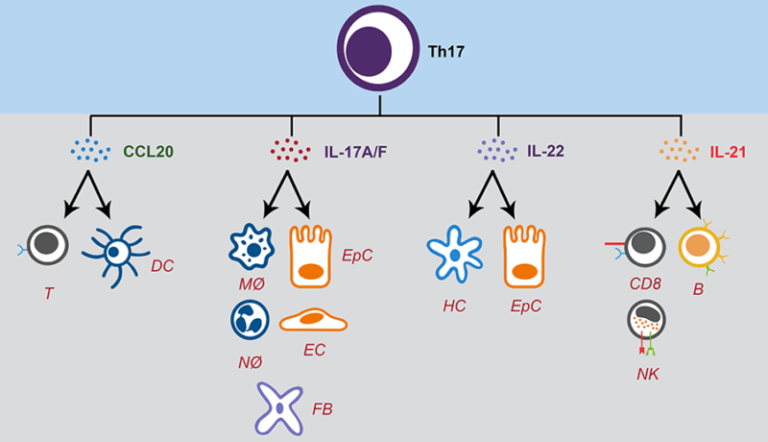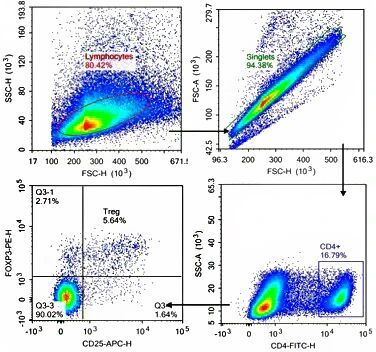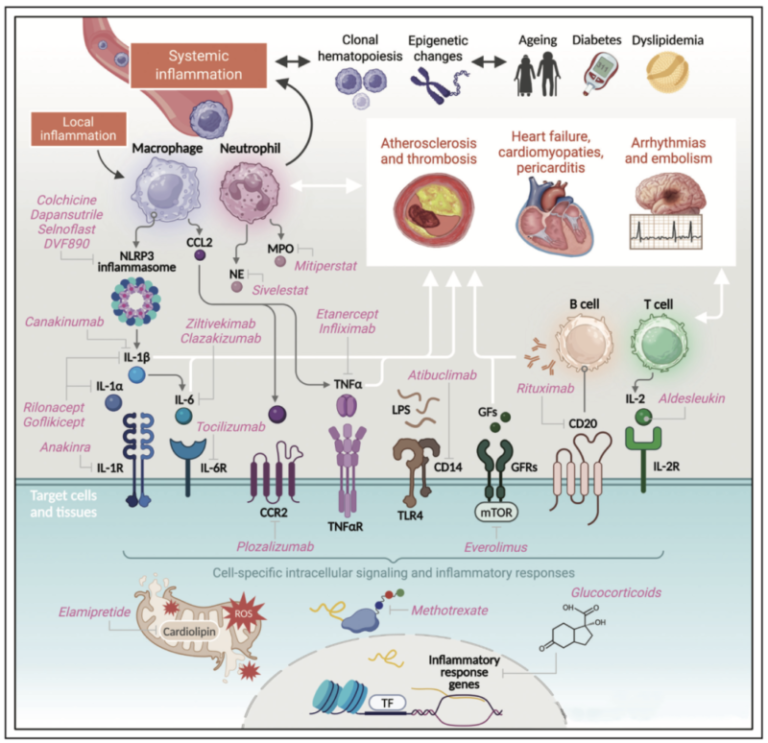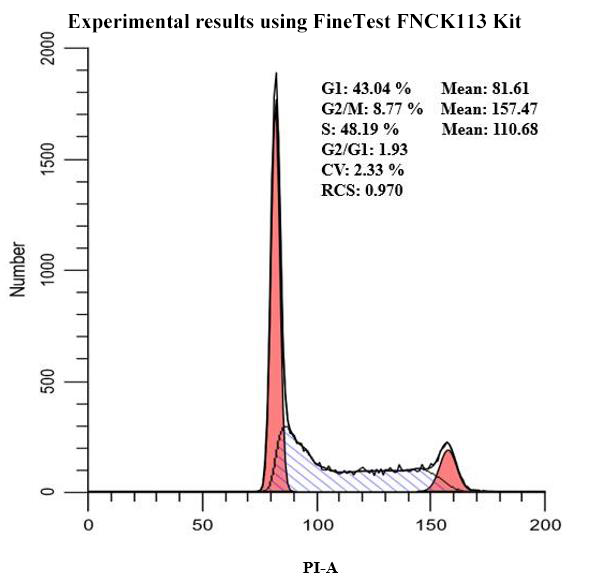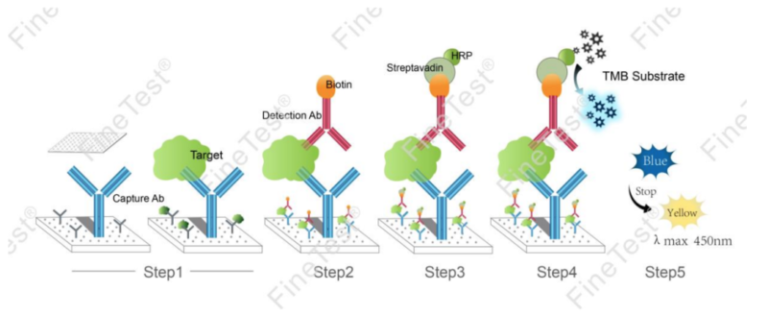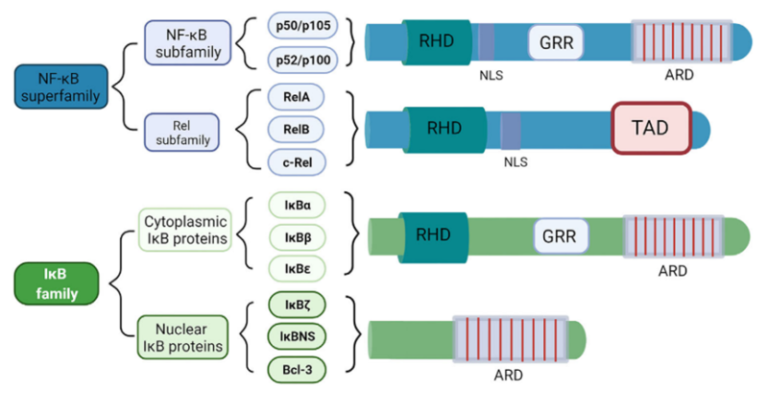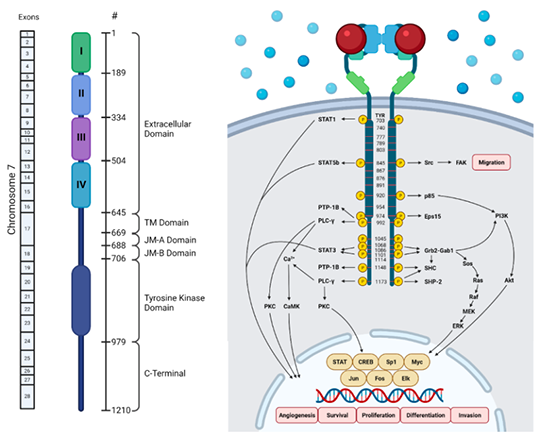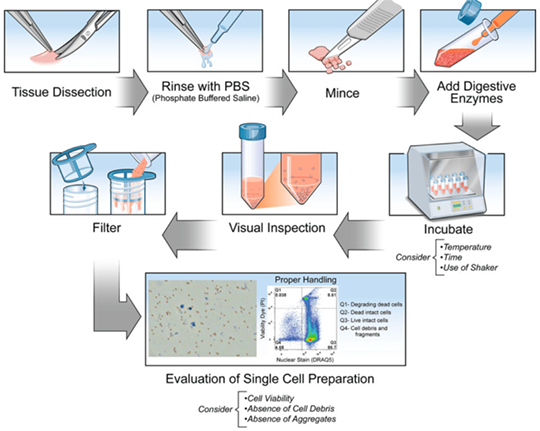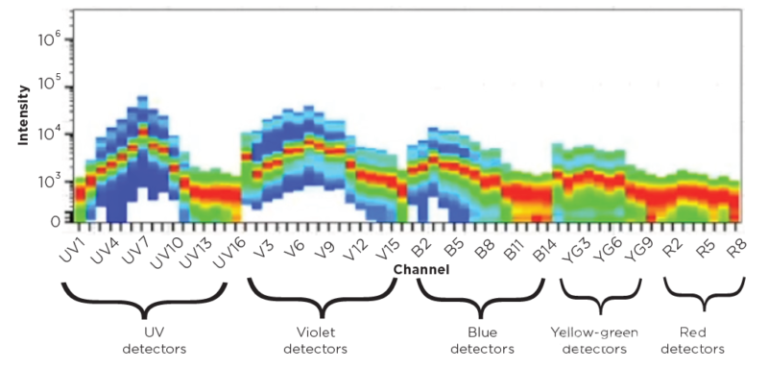
Autofluorescence in Flow Cytometry
Abstract: Autofluorescence is the natural fluorescence produced by irradiation of specific molecules in cells and tissues at specific wavelength. Common endogenous fluorescent substances are NADH, Flavin coenzyme, vitamin and proteins containing aromatic amino acids. Autofluorescence also occurs in extracellular collagens, lipofuscin, plants and alga(e.g. chlorophyll, flavone and carotenoids). Interference with signal detection in flow …


